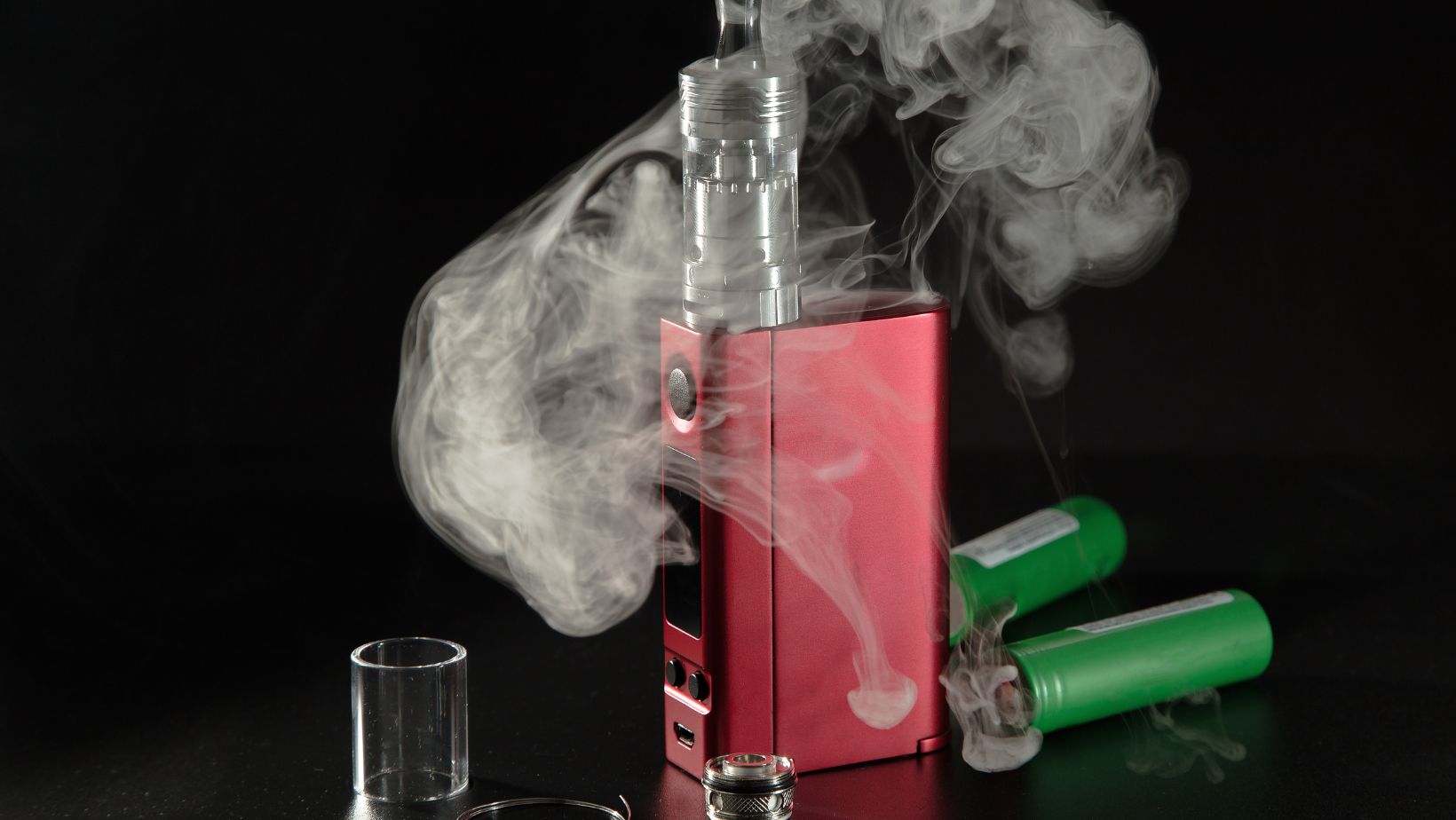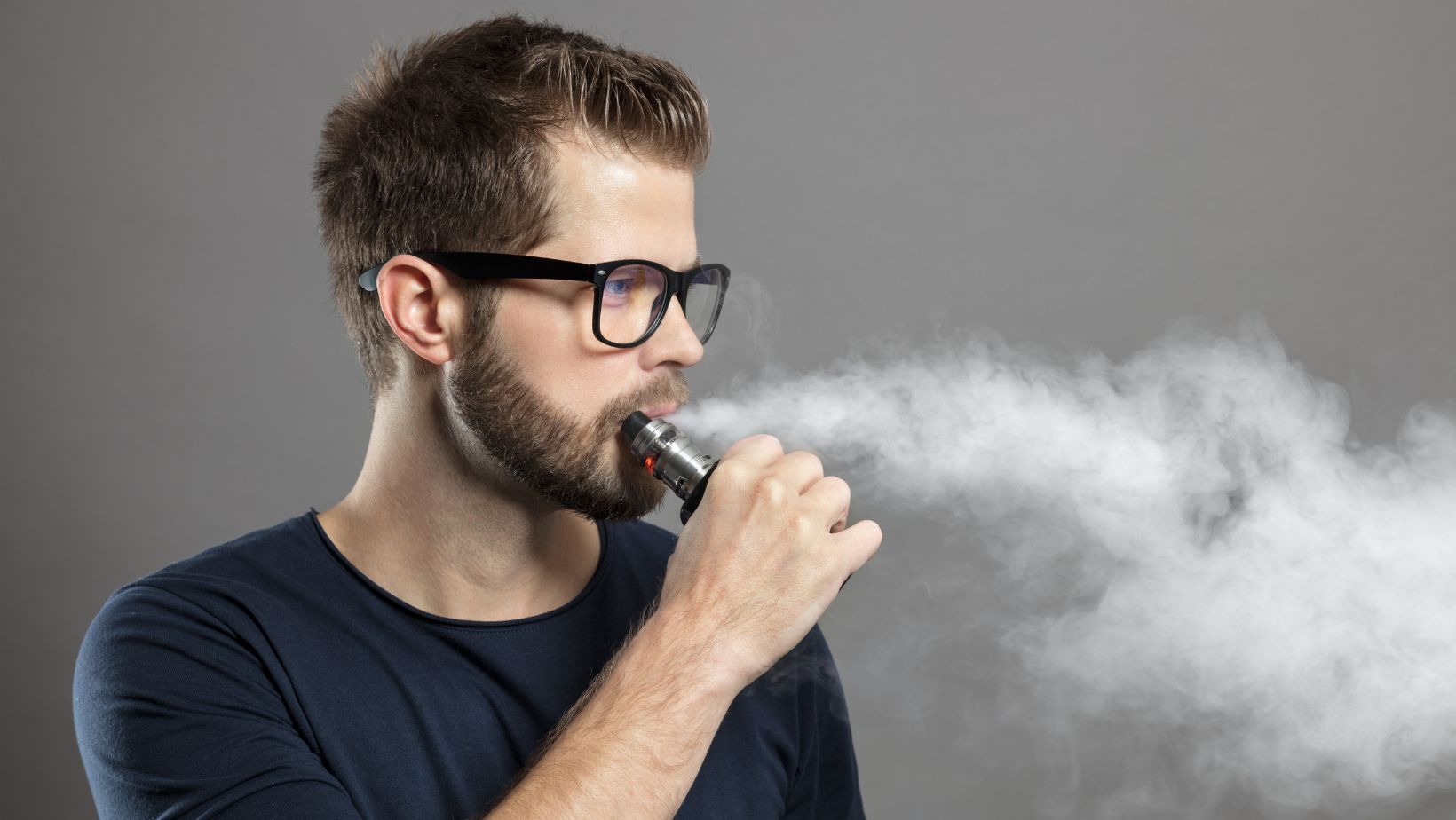Curious about the latest innovations and devices? You can visit the company website for more information.
The Birth of Modern Vaping
Although the idea of electronic smoking devices dates back to the 1960s, modern vaping didn’t really begin until 2003. That’s when Chinese pharmacist Hon Lik invented the first commercially successful e-cigarette. He was inspired by a personal loss, his father had died from lung cancer, and wanted a better alternative to smoking. Hon Lik’s e-cigarrette vaporized a liquid nicotine solution without combustion.
By 2006, his invention had reached European and American markets. These early models, called “cigalikes,” looked like traditional cigarettes but worked differently. A small battery powered a heating coil, which vaporized a liquid solution, creating an inhalable aerosol.
The Evolution of Technology
Between 2009 and 2014, vaping devices took a big leap forward. The second generation of devices, known as “vape pens,” featured rechargeable batteries and refillable tanks.
These let users customize their experience. Then came the “mods,” or third-generation vapes, which offered even more control over things like power and vapor production.

At this point, vapes no longer looked like cigarettes. They had their own style, from sleek and minimal to bold and highly customized designs. Retailers like Mind Vapes began offering advanced models that appealed to both longtime smokers and curious newcomers.
The Rise of Pod Systems
By 2015, another shift was underway. The launch of pod systems, led by brands like JUUL, brought vaping back to basics. These devices were small, easy to use, and came with pre-filled pods. Their simplicity and high nicotine content made them especially popular with younger users.
Pod systems changed the game by focusing on convenience. While older mods were great for hobbyists, pods appealed to casual users who wanted a hassle-free experience. This sparked a wave of innovation as companies tried to strike the right balance between ease of use and personalization.
The Science and Controversy
As vaping grew in popularity, scientists started paying closer attention. Early studies suggested that vaping was much less harmful than smoking. In fact, Public Health England reported in 2015 that e-cigarettes were 95% less harmful than traditional cigarettes.
Still, research is ongoing. Experts are studying the long-term effects, especially when it comes to teens and young adults. Regulations vary widely from place to place. The UK sees vaping as a way to help people quit smoking, while parts of the U.S. have banned flavored products to keep them away from minors. Mind Vapes and other retailers have had to adapt to these ever-changing rules, which can be quite different depending on the region.
Cultural Impact and Community Formation
Vaping isn’t just an alternative to smoking or nicotine pouches, it’s become a full-blown culture. Over time, it developed its own language, customs, and communities.
Here are a few ways that culture has taken shape:
- Vape conventions bring thousands of people together
- “Cloud-chasing” contests show off vapor tricks
- Online forums help users swap tips on building coils or mixing flavors
- Vape shops have become gathering spots for local communities
Social media has played a huge role in growing this culture. YouTube and Instagram are full of product reviews, tutorials, and vape tricks.

While it may seem trivial, this community-building aspect has differentiated vaping from traditional smoking.
Industry Transformation and Market Dynamics
As of 2023, the global vape market hit $28.17 billion, with a projected annual growth rate of 30.6%. This growth is driven by customization options and fast-evolving technologies like pod systems and squonk mods.
The industry has moved through several key phases:
- Initial entrepreneurial phase (2007-2012): Small startups lead the charge with lots of innovation
- Consolidation phase (2012-2018): Bigger companies buy out successful brands
- Tobacco industry entrance (2012-present): Tobacco companies enter the scene
- Regulatory adaptation phase (2016-present): Everyone adjusts to stricter regulations
Today’s Landscape
The modern vaping market reflects its complex history. Think of the complex regulations and divided opinions on the psychological effects of vape. When it comes to devices, they range from simple disposables to sophisticated temperature-controlled systems. Recent developments focus on sustainability, reduced environmental impact, and advanced safety features.
What began as a smoking alternative has become a distinct product category. Specialty retailers like Mind Vapes have evolved alongside the technology, offering diverse products while adapting to regulatory requirements that differ across markets.
Looking Forward
The vaping industry is still evolving. Laws are changing, research is expanding, and tech is getting better. No one knows exactly what the future holds, but one thing is clear: vaping has already left a big mark on how people consume nicotine.
This story is about more than just a device. It’s about how technology spreads, how governments respond to it, and how people build communities around new habits. From Hon Lik’s first e-cigarette to the latest smart devices, vaping shows how fast innovation can reshape everyday life.















